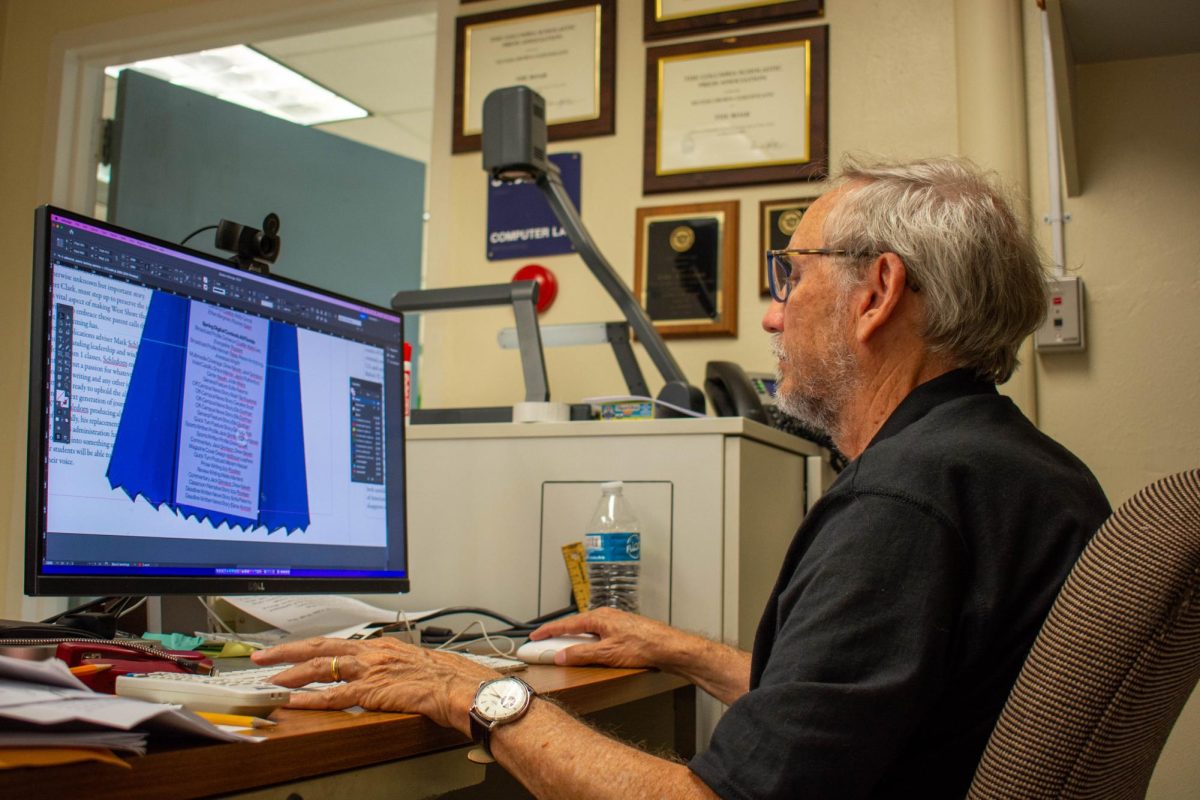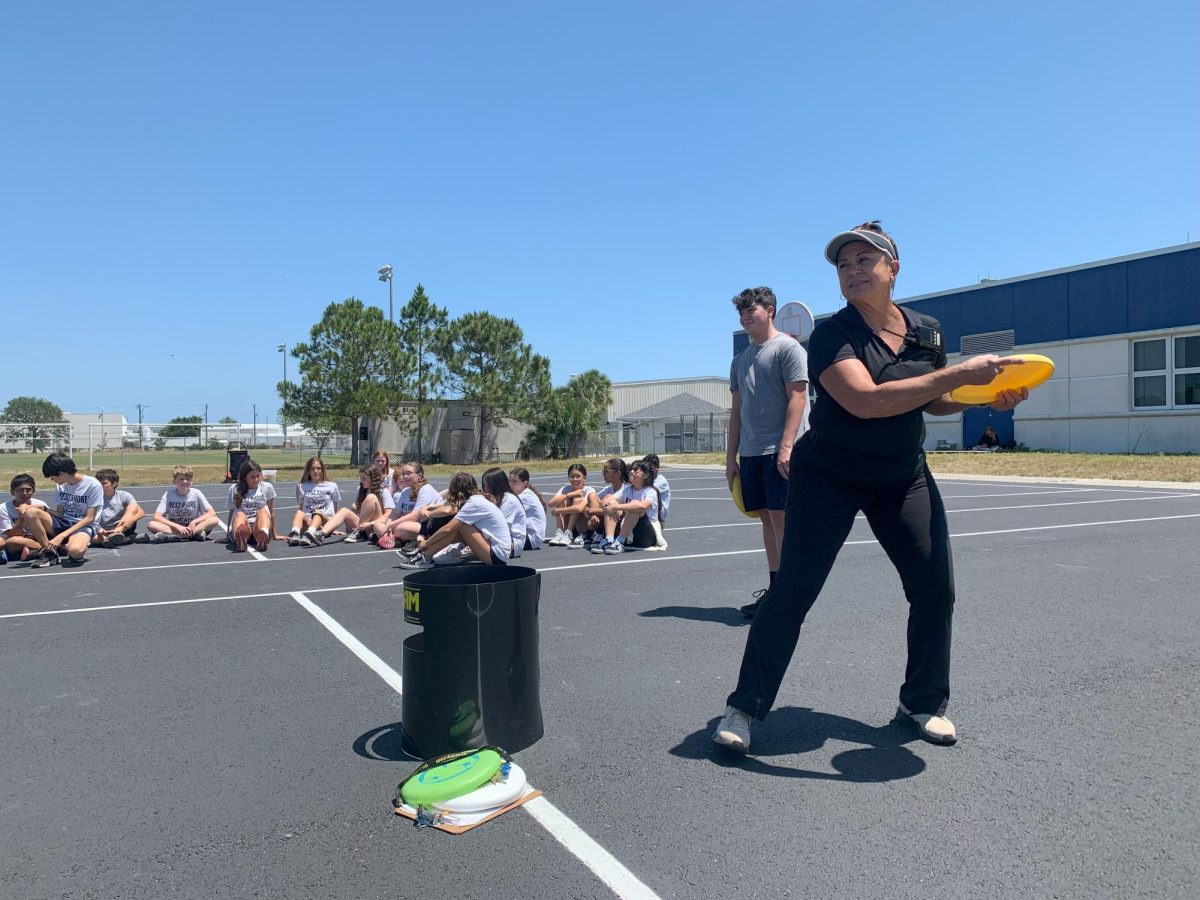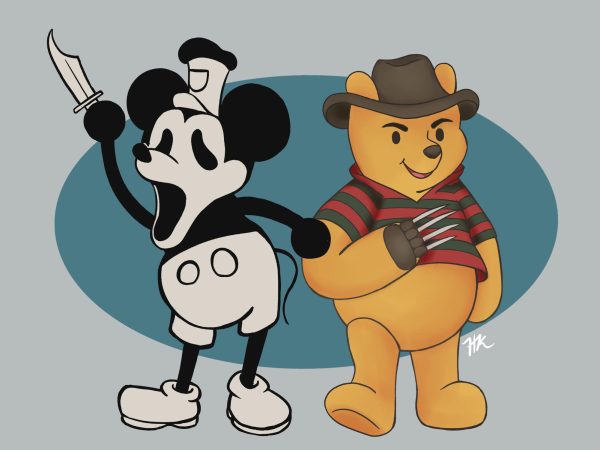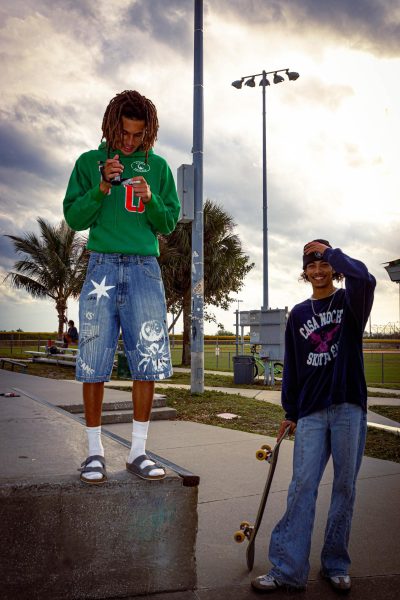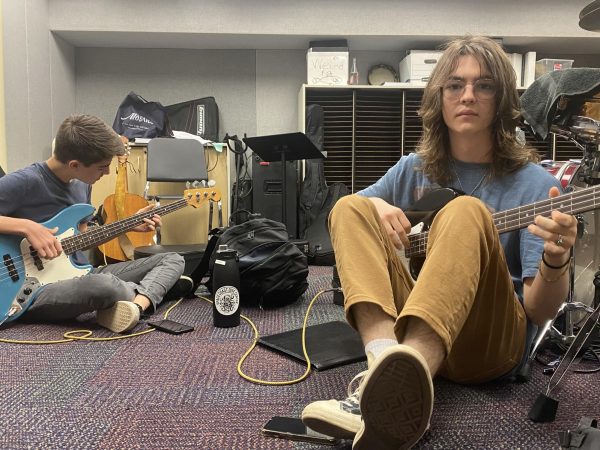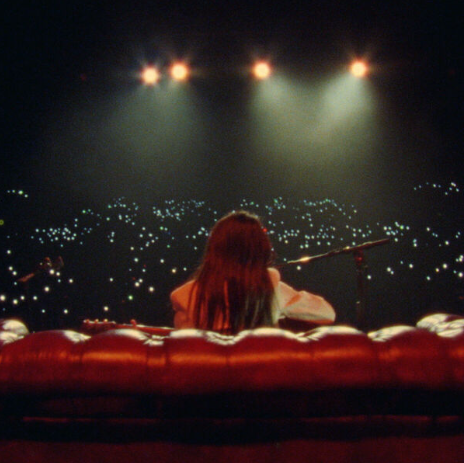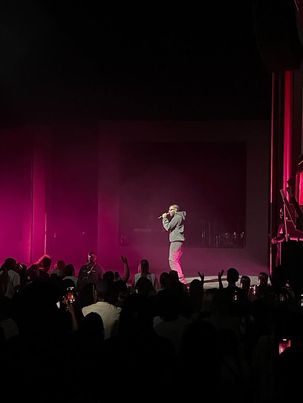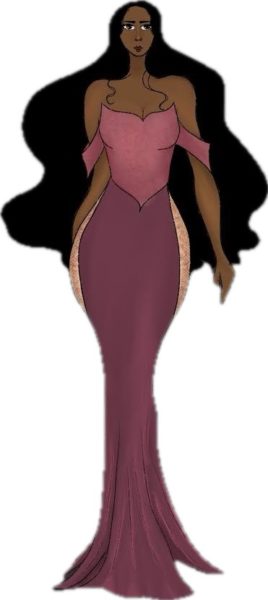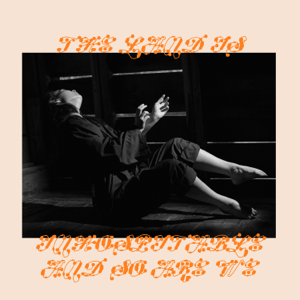‘Antebellum’ takes realism, horror to extreme

September 21, 2020
“Antebellum” shocks and unnerves in the way that it portrays the terrifying reality that is America’s past. The film follows a successful author played by actress Janelle Monáe, who is trapped and forced into slavery. The audience observes her journey to escaping the horrific reality she finds herself in while trying to understand how a woman in 2020 could end up in a pre-Civil War cotton plantation as a slave.
It is good that movies depicting slavery are being defined as what they truly are: horror films. What makes this movie so terrifying is that it feels real. No supernatural entity is necessary because reality is terrifying enough. The accurate way “Antebellum” is directed and put together makes it almost unbearable to watch.
Monáe gives an excellent performance as Veronica. The way she reacts to her situation brings the movie to life. The supporting cast has strong and talented actors and actresses as well, but the film does little to build them up. It follows the main character too closely and would have benefited more if it had taken time to explore other characters and given them depth.
The structure of “Antebellum” is confusing. Most of the movie leads up to an underwhelming twist that explains a lot of what was happening in the first two acts. The problem is that without knowledge of the twist, viewers are lost and confused. The attempt at a surprise just before the third act is not effective and disappoints. The twist is insignificant and the movie would be more effective if the audience knew what was happening from the beginning. The dialogue conveys powerful messages that feel natural, but the film as a whole lacks plot and development.
“Antebellum” shows the micro-aggressions Veronica faces in the part of the movie that does not take place on the plantation. It portrays the life of a successful woman of color accurately and shows that even though she is a famous author, people still treat her as if she is less than a white person. These subtle aggressions connect the two parts of the film and display the deep roots of racism in America.
The film’s cinematographer Pedro Luque, who also shot “Don’t Breathe” and “Girl in the Spider’s Web,” again turns in beautiful work. Particularly some of the low-lighting scenes are shot in a way that really add to the tone of the movie and manipulates the audience into feeling uneasy. Toward its end, film also contains some powerful slow-motion sequences that really bring to life what the characters are experiencing.
Mary Zophres has designed gorgeous costumes that complement the overall aesthetics of the film’s various locations. The production design also is brilliant and draws viewers into the eerie and uncomfortable settings. In addition to the film’s visual appeals, the score is absolutely terrifying and keeps viewers on the edge of their seats. The sound design all together is a huge part of what really makes “Antebellum” horrific.
This movie is not for everyone. It includes graphic scenes of torture, sexual assault and verbal abuse and humiliation. The scenes are historically accurate, but are heavy and hard to handle. It is important for people to know what life was like for people of color in pre-civil war times, but “Antebellum” takes it too far.
In 2020 there are still stories to tell about slavery and racism, but depicting such a graphic representation of the harsh realities of slavery should have a purpose other than entertainment. The way several scenes portrays torture is exploitive and not productive. Even hardcore horror fans should think twice before choosing to watch “Antebellum” because ghosts, demons, and gore are one thing, but when it is rooted in something so real, the pain the characters go through has a different effect.




